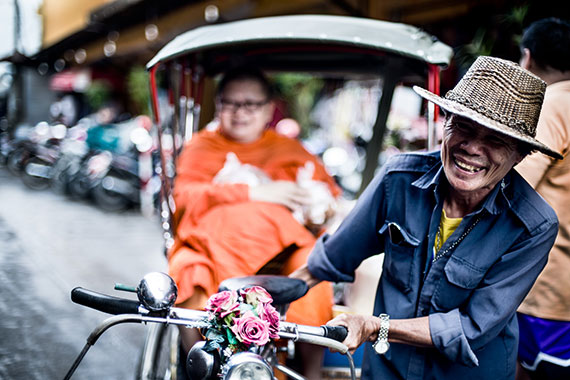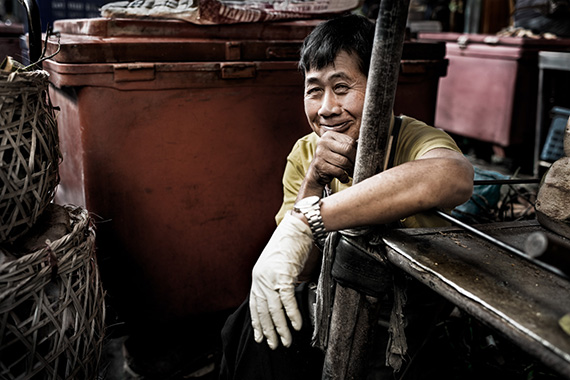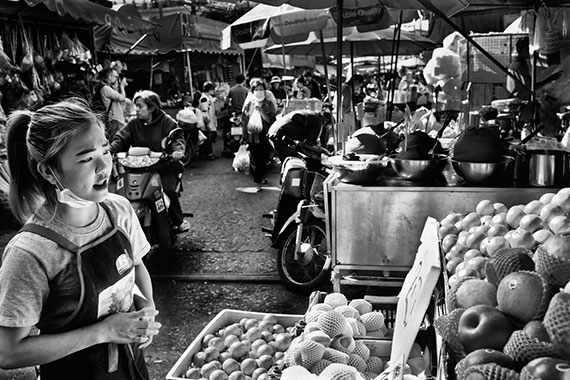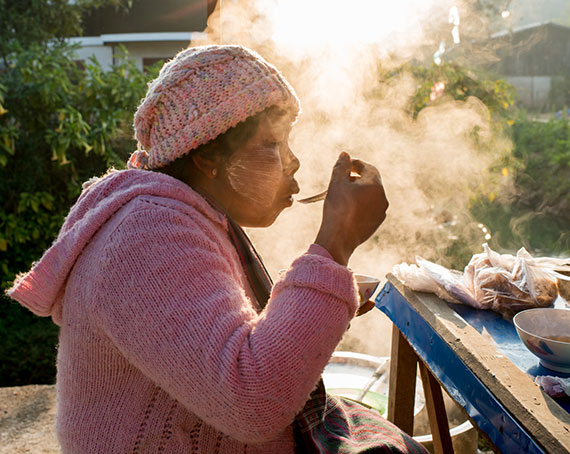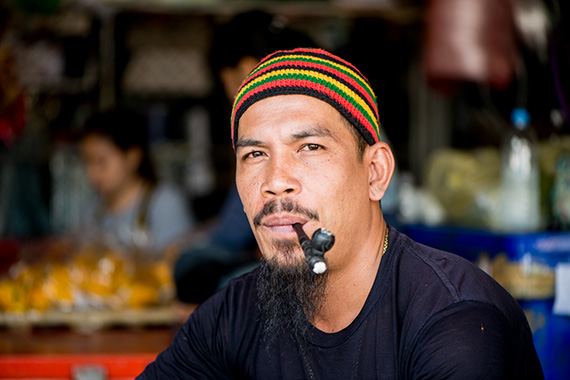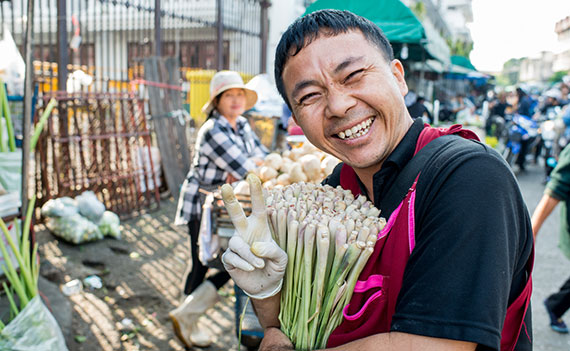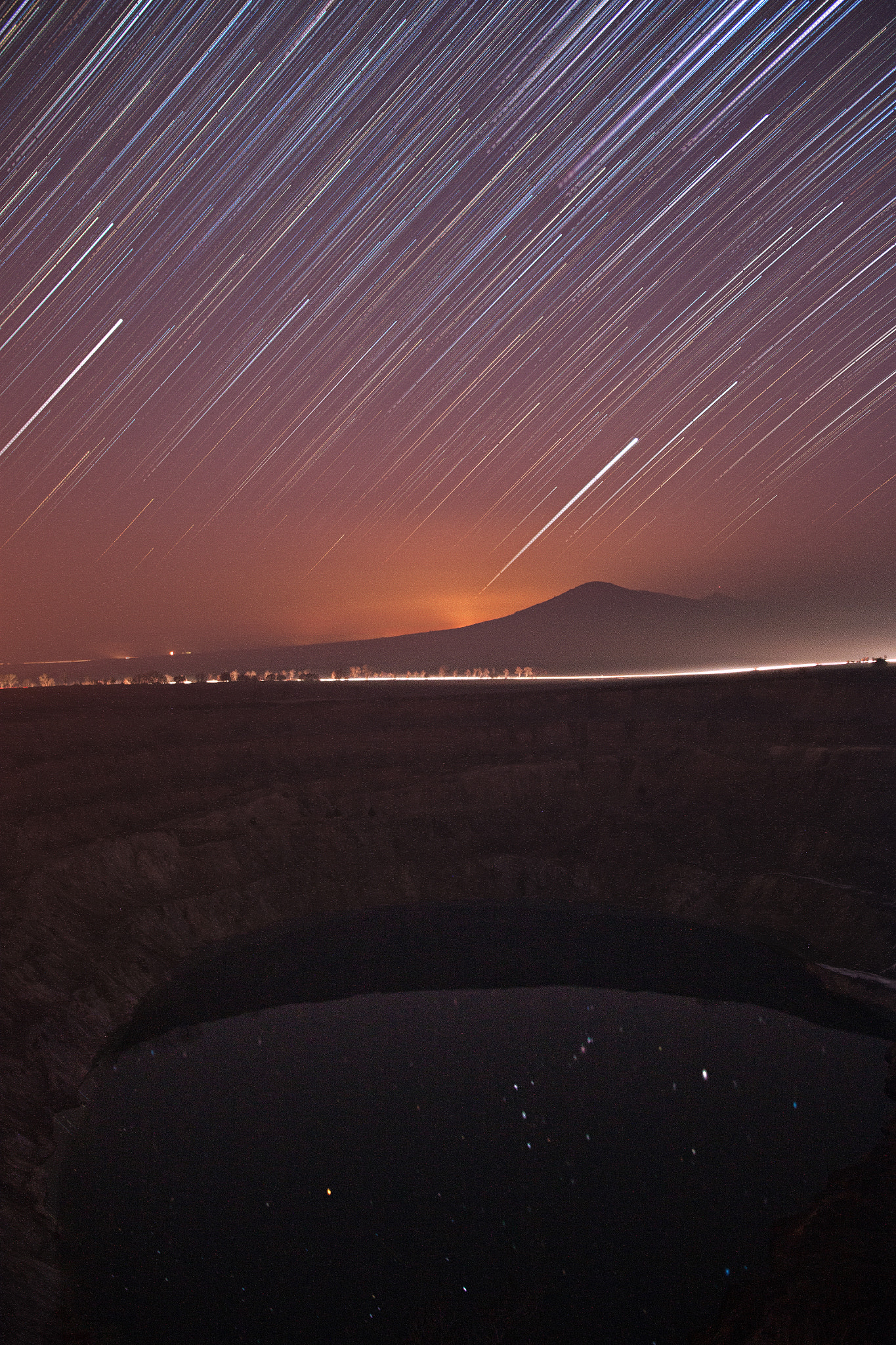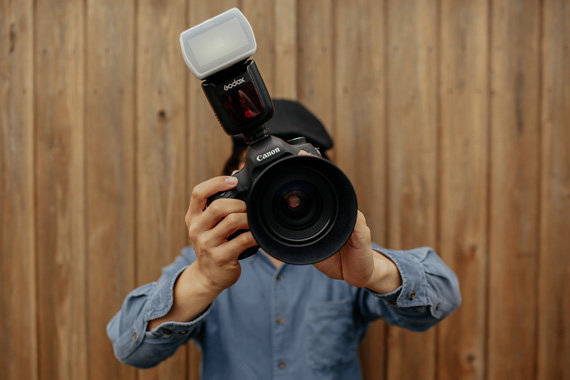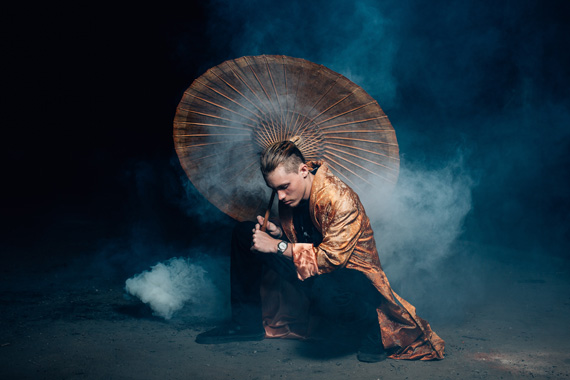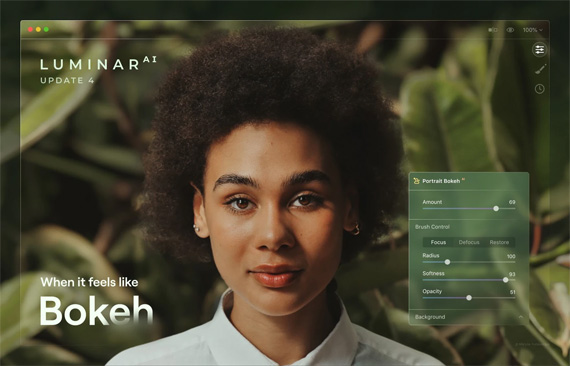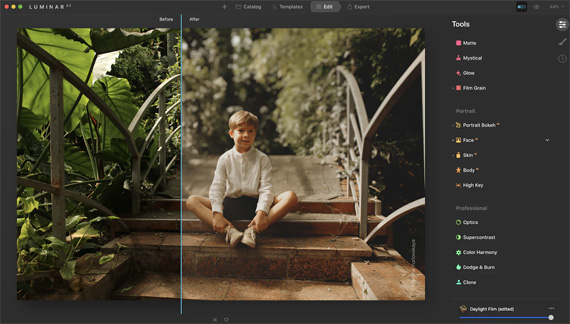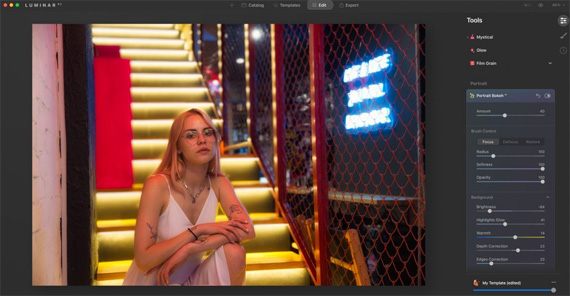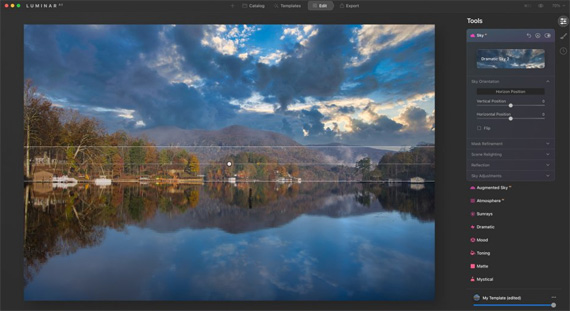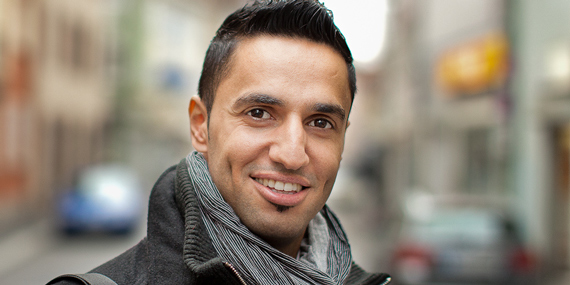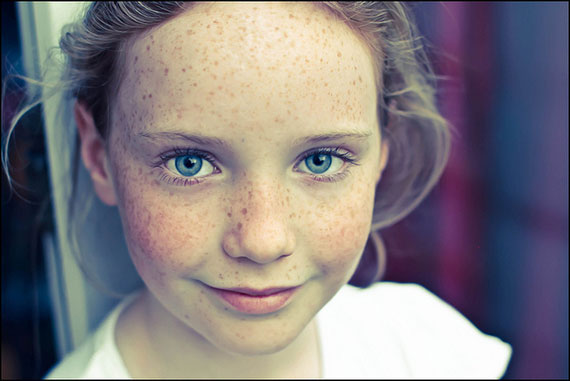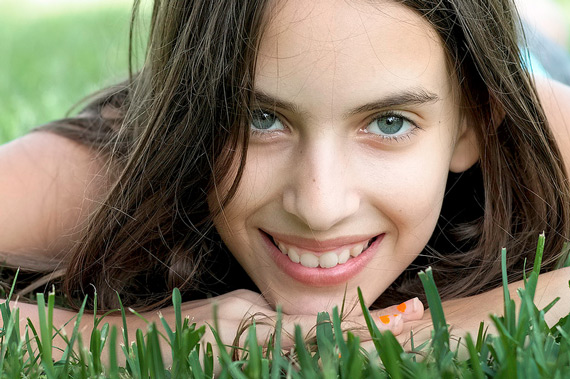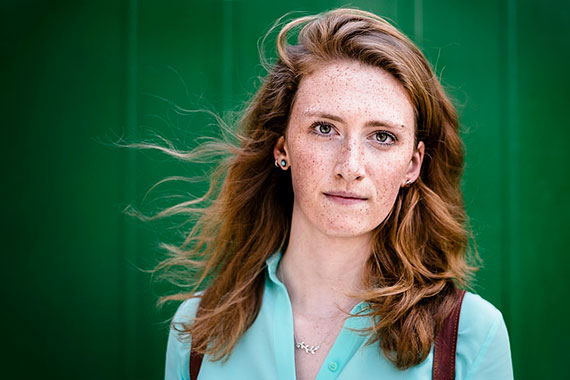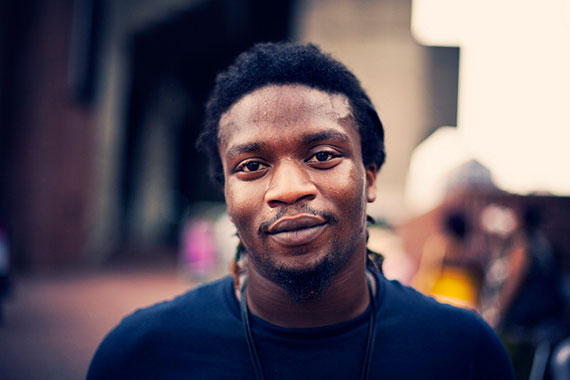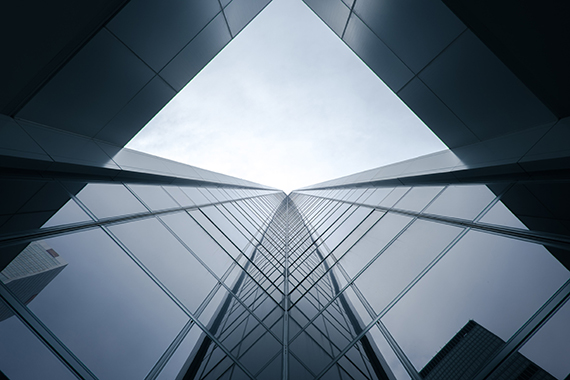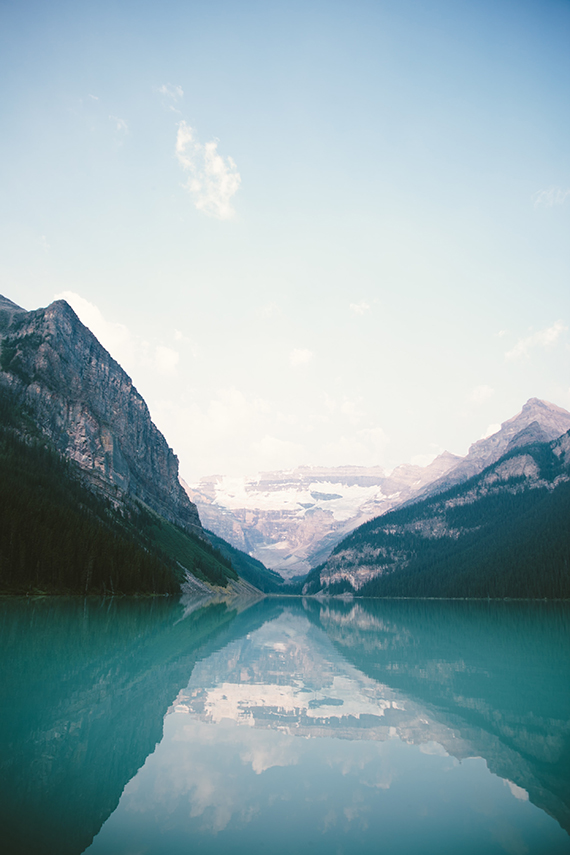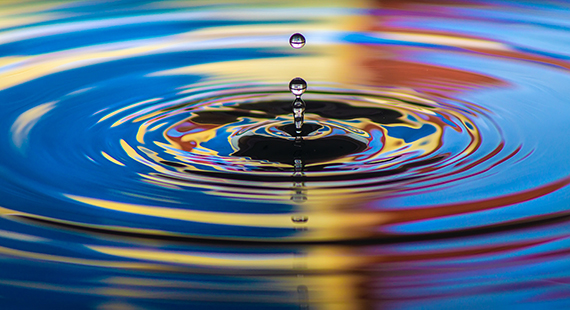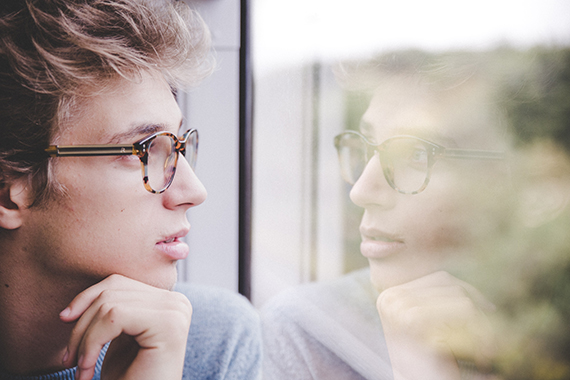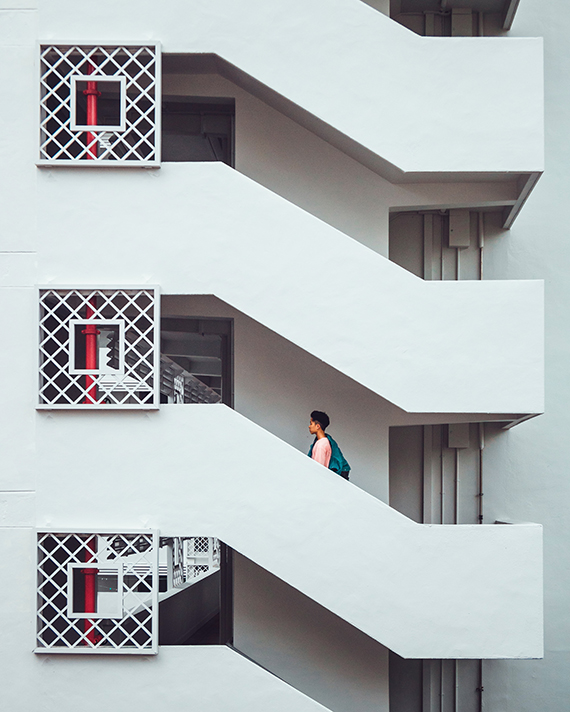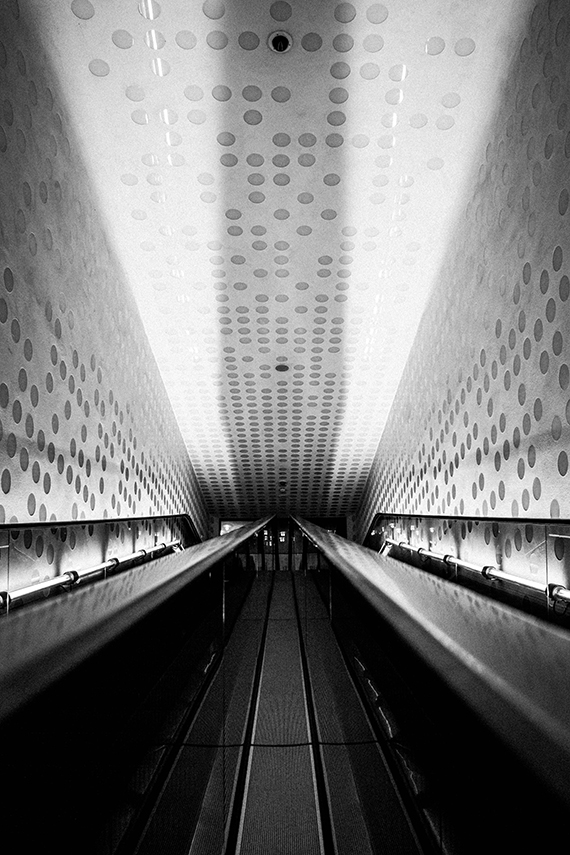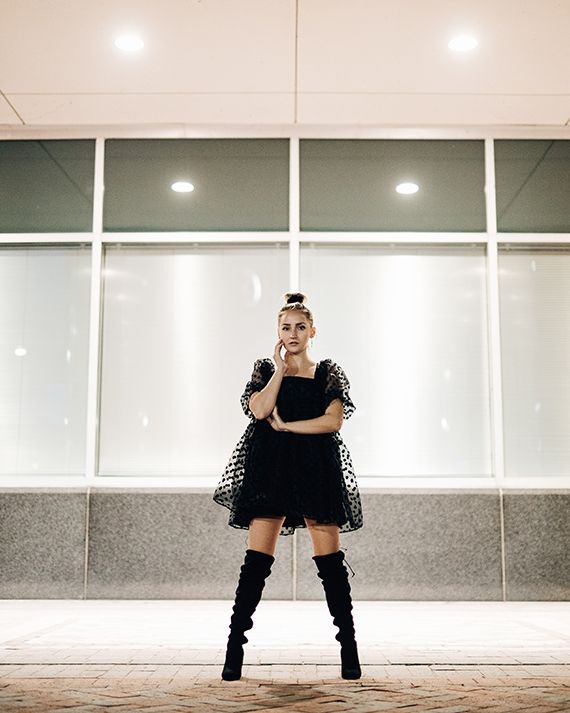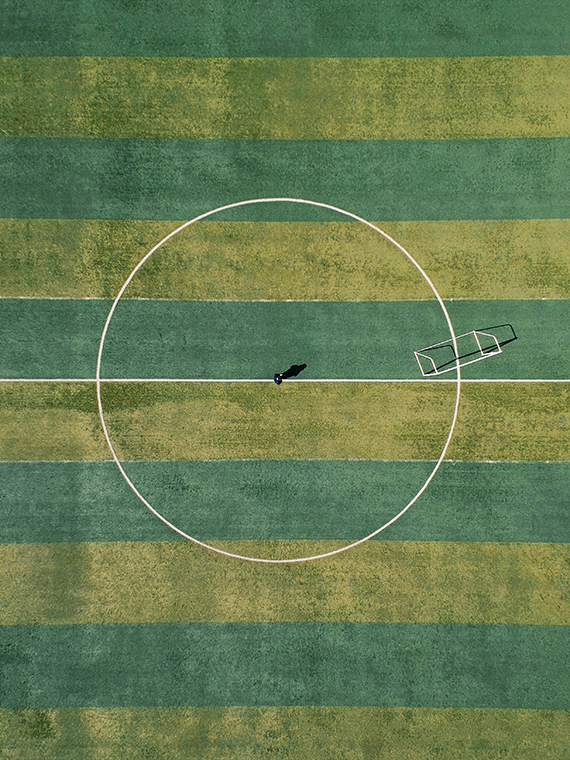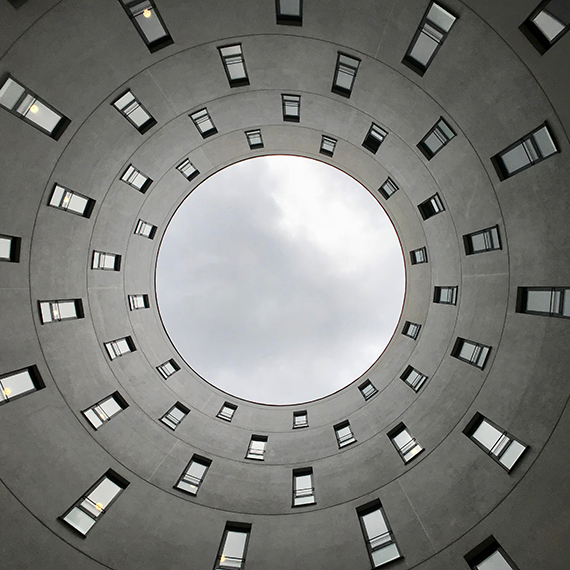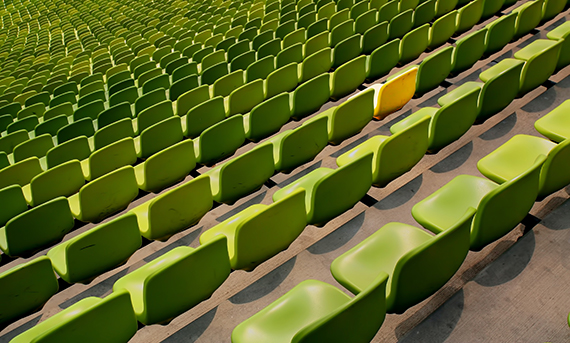Creative photography is a mix of many ingredients: art and technology, skill and patience, cold mechanical know-how, and individual flair.
photo by Max Rempel
As a beginner, wouldn’t it be nice if the whole thing could be explained with a simple set of rules that were easy to understand? Surely someone could just tell you what aperture to use in a given situation, or how to structure a composition to get the best results every time.
Photography is a lot like learning to drive. With a car, you need to know the road rules, and you need to know the basic skills of steering, accelerating, and braking. These can be learned easily with a bit of practice. But even when you have mastered the essentials, you still need to get to know your car, because each car is a little different. Then you need experience with night driving, wet-weather driving, off-road driving…
What you must understand is that following the rules will only take you so far. In photography, you will find that rules help you in the beginning, and some rules will stay with you throughout your career. The trick is to understand when the rules don’t apply, or when you should choose to ignore them. This is the type of knowledge that can’t easily be taught. It comes with experience, and it’s what gives you individuality as a photographer.
Below are just a few of the rules that, for an experienced photographer, are made to be broken.
Take Photos During Early Morning or Late Afternoon
This is one of the first principles of landscape photography, and it can be applied to almost any outdoor photography. The softness and warm color of the sunlight at these times adds beauty and character to almost any scene. It also creates much lower contrast, allowing you to avoid harsh shadows and over-exposure of the highlights in your photos.
When can you break this rule? I can think of two situations immediately.
Black and white photography is defined by contrast rather than by subtle color, so you often want stronger shadows to create the best image. For this reason, black and white photos are often best taken closer to the middle of the day when the light is stronger.
photo by damon jah
Rainforest photography is also best in the middle of the day, but this time you don’t want bright sunlight; you want cloudy weather to create an nice even light throughout the forest. Otherwise the patches of light coming through the canopy will create ‘hot spots’ all over your image.
Use the Rule of Thirds
The rule of thirds is an excellent guide for a beginner learning about composition. In simple terms, it divides your photo into three parts, vertically and horizontally. The dividing lines are the best places to position long objects in a photo (like trees and horizon lines). The points where the lines intersect are the most effective places to position smaller objects for most impact.
Photos that are taken according to the rule of thirds appear balanced. They satisfy our natural sense of visual order and simply look “right.” Unfortunately, the world is not so easily organized as the rule, so it is impossible in nature to take every photo this way. Moreover, sometimes you may decide to ignore the rule, giving more impact to the photo by shaking up the normal balance of the composition.
When can you break this rule? Here is one obvious example, but I’m sure you can think of many more.
photo by Soumei Baba
Sunset photos feature colorful skies and silhouettes in the foreground. If you have a truly spectacular sky, it doesn’t make sense to fill a third of the picture with empty blackness. You may choose to tilt the camera up to make a feature of the sky and reduce the area filled by the foreground.
Your Light Meter is Always Right
Most of the time you can trust your light meter. If it indicates your photo is well exposed, it probably will be…but not always. When can you break this rule? When there is a big difference in the level of light between the subject and the surroundings.
You may be photographing a person, an animal, a flower, etc. in full sunlight, but the background is shady. This is a very effective way of making your subject stand out from the surroundings. In this situation, the different levels of light are bound to trick the light meter. In fact, if you take your photo on auto, your subject will most likely be overexposed. The best approach is to switch your camera to manual mode, and adjust your aperture or shutter speed until the photo is underexposed by one or two stops. This will darken your background and bring the subject into perfect exposure.
photo by photophilde
Can you see a pattern developing here? Rules are there for a reason, and your skills will improve in leaps and bounds if you learn them and practice them.
But having done that, you’re ready to take the next step. Start experimenting outside the rules and see where it takes you. Knowing and following the rules will make you a good photographer. Choosing how and when to break them will make you even better.
About the Author:
Andrew Goodall writes for https://naturesimage.com.au/ and is a nature photographer based in Australia. He manages a gallery in Montville full of landscape photography from throughout Australia.
Go to full article: Photography Rules Are Made to Be Broken (Sometimes)
What are your thoughts on this article? Join the discussion on Facebook
PictureCorrect subscribers can also learn more today with our #1 bestseller: The Photography Tutorial eBook
The post Photography Rules Are Made to Be Broken (Sometimes) appeared first on PictureCorrect.
from PictureCorrect https://ift.tt/2FsNl6k
via IFTTT






